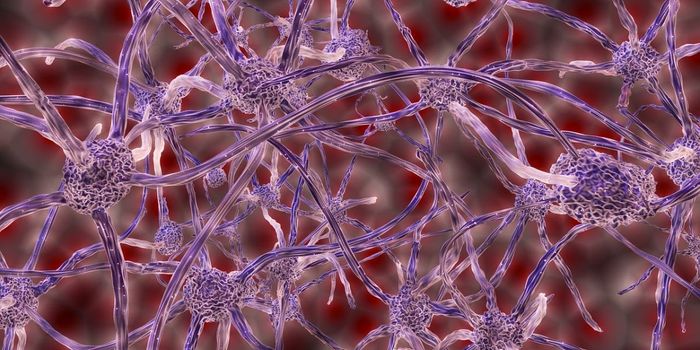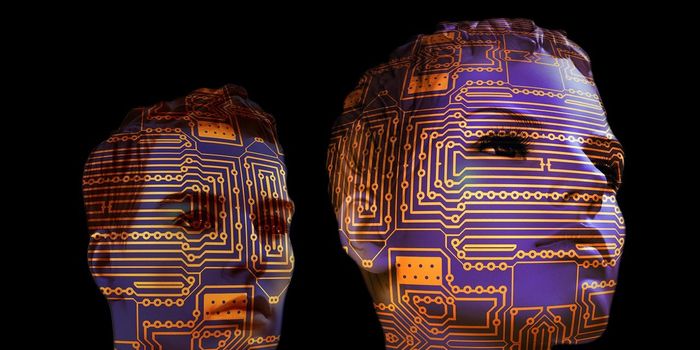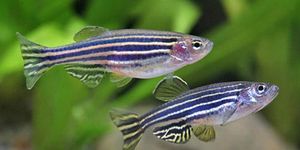Irish Teen Removes Microplastics From Water, Wins Google Science Fair
Recent research finds humans consume tens of thousands of particles of plastic annually, which makes a new invention that removes microplastics from water a welcome breakthrough. The process was designed by 18-year-old Fionn Ferreira of West Cork, Ireland -- winner of the 2019 Google Science Fair and $50,000.
In his microplastic removal proposal, Ferreira describes his childhood in Cork as “surrounded by untouched nature as well as the rugged coast of the Atlantic.” He writes that he has “become increasingly aware of [ocean] plastic pollution.”
Growing Concerns About Microplastics
An estimated 8 million tons of plastic enter the ocean each year. These materials infiltrate the water cycle and food chain and, in their smallest version, as microplastics, they have been discovered in rain, tap water, food and human bodily waste. Microplastics are smaller than five millimeters, and they come from sources like soaps, industrial abrasives, synthetic clothing and the breakdown of bigger plastics.
These tiny plastics contain harmful additives and also absorb chemicals that are dangerous to ingest. A 2019 report on plastics’ many health risks explains that consuming microplastics can lead to numerous problems including inflammation and cell and tissue death, which can in turn have multiple related negative outcomes, including cancer.
Of the existing and growing slew of laws around the world that seek to rein in plastic pollution, some do focus on microplastics. In the U.S., the federal Microbead-Free Waters Act became law in 2015. Following a limited UK ban on plastic microbeads in 2018, the European Chemicals Agency proposed an EU microplastics ban in 2019.
The Winning Science Experiment
Ferreira’s work is largely inspired by accelerator physicist Arden Warner of the Fermi National Accelerator Laboratory outside of Chicago in the U.S. Warner developed a unique way to clean up oil spills with magnets, by first magnetizing the oil with a powdered form of magnetite. Ferreira applied Warner’s ideas and tested whether he could also essentially magnetize microplastics, using a combination of vegetable oil and magnetite.
Based on his knowledge of the materials’ charges and how they would behave in water, Ferreira hypothesized that oil and magnetite mixed together (a combination known as a ferrofluid) would cling to the plastics. He then hoped to extract the ferrofluid containing microplastics from the water with magnets. He thought he could remove 85 percent of microplastics in a given sample. During 1,000 tests, he was able to remove more than 87 percent of the microplastics. View the extraction process below.
Ferreira ran tests with 10 types of plastic and found his method most effective at catching fibers from washing machines and least effective with polypropylene plastic.
Google’s international contest launched in 2011 and is open to teens aged 13 to 18. Other winning ideas from this year include a low-cost blood glucose monitor and a way to harness energy from tree vibrations.
Ferreira’s Next Steps
We asked Ferreira how he is enjoying his success and new-found fame. “I must say that there are upsides. I am being congratulated all the time and have also been receiving lots of support through many emails. I think, most of all, I now have a platform, from which I can take my work,” he says.
Ferreira’s project is reminiscent of the work of Boyan Slat, who was a teen when he dreamed up the Ocean Cleanup to strain larger plastics from water. He raised more than $30 million to build and pilot his apparatus, and the latest version of the system is now undergoing tests in the Pacific Ocean.
Slat has the following advice for Ferreira: “When someone tells you something is impossible, the certitude of that statement should be enough to make you wary and investigate more. History is a sort-of long list of things that were called impossible, but then accomplished.”
Ferreira already has high hopes for the future of his discovery.
“I have received interest from many companies… I am designing a process which could be scaled up and used in industry,” he says. He thinks one of the biggest challenges going forward will be to get “my method accepted into wastewater legislation, once I have made a machine using this method.” In his spare time, Ferreira works as a curator at the Schull Planetarium, speaks three languages, plays the trumpet and has won 12 science fair awards, according to TheJournal.ie. He will attend college in the Netherlands.
Warner, Ferreira’s inspiration, has seen the coverage of the science fair and shares a message with us for the young scientist. "Congratulations on your award. Your curiosity and effort to find solutions to remove microplastics from our oceans fills me with hope. Magnetic remediation mimics solutions found in nature and, just as we've made products that damage our environment, it is us who must find solutions.”









